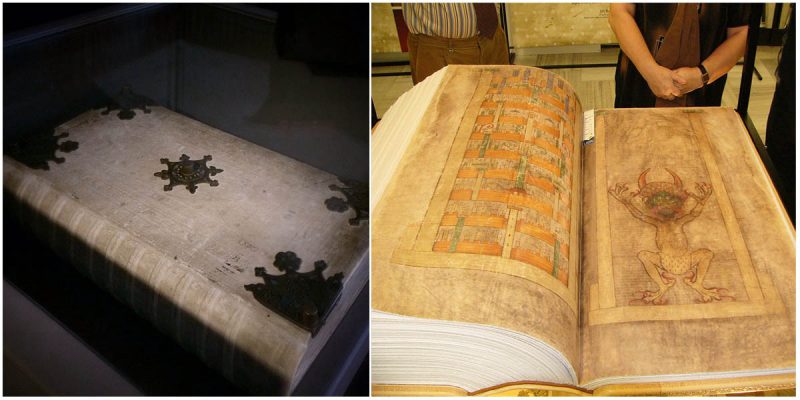In the summer of 1648, the Thirty Years’ War, the violent conflict that significantly changed the political and religious map of central Europe, was coming to an end, and a Swedish army was poised to plunder Prague. The army took numerous treasured items, among which was one of the most unusual books of all time: Codex Gigas. The same book is physically the largest of all surviving manuscripts of the European Middle Ages, historians say.
Several legends add to the mystique surrounding Codex Gigas. However, most recall Goethe’s Faust. As the story goes, the book was produced in a single night by a monk who had broken his religious vows. Because of his crimes, he was about to be severely punished, but he saved himself by agreeing to compile a book that would incorporate the entire body of knowledge that humanity possessed. The monk further took a vow to conduct the task during one night only.
The clock was ticking fast, and the monk was running out of time. Not knowing what else to do, in his despair he summoned Lucifer and asked for assistance. Because the monk traded his soul to the Devil, he was indeed, according to the legend, given help to finish the book that night. Once it was done, the Devil marked the manuscript with a self-portrait of himself. It is because of this portrayal of the Devil that lurks hidden inside the contents that this book is also known as the Devil’s Bible.
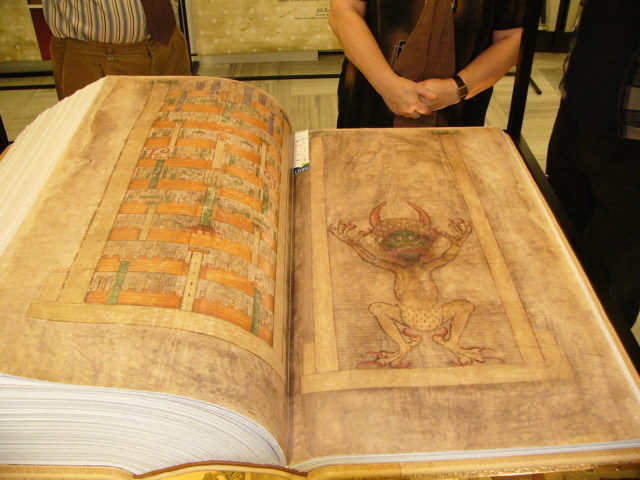
Of course, in reality, it took way more than a single night to complete the manuscript, three decades to be more exact. But a thorough analysis of the full text conducted by paleographer Michael Gullick has affirmed that it was only one person who wrote the volume.
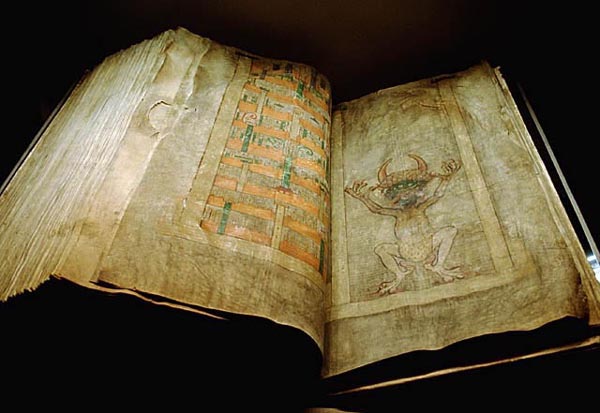
That would mean the anonymous author likely spent the greater portion of his adulthood creating the Codex. The best guess is that it was a monk who lived in Bohemia (now part of Czech Republic) during the early 13th century.
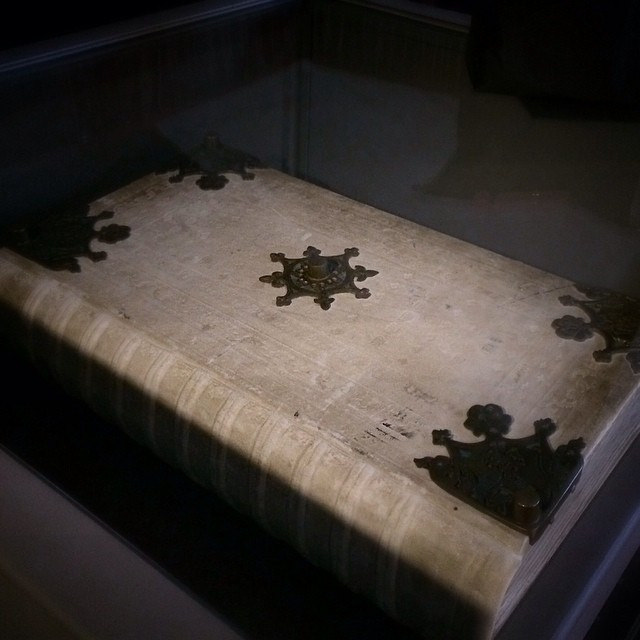
As thick as 8.7 inches, the book is composed of 310 vellum pages and weighs 165 pounds. In width, the book extends some 20 inches, and its height is an astonishing 36 inches, which means it takes at least two persons to lift it. Over its long history, dozens of pages have been lost, parts which were probably deliberately removed.
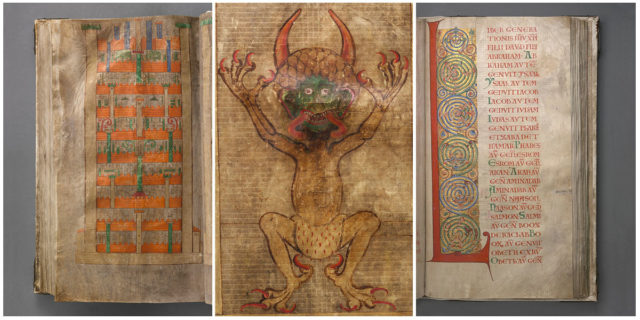
The Codex was purposed as a historical work, which explains why there are other texts in it apart from the Old Testament. There are The Jewish War and Jewish Antiquities written by Flavius Josephus of the 1st century AD. Also included: a 7th-century encyclopedia by St. Isidor of Seville as well as the Chronicle of Bohemia authored by a Bohemian monk known as Cosmas who lived between 1045 and 1125. A few shorter texts such as medicinal ones complete the entire piece.
The portrait of the Devil certainly makes for one of the book’s most intriguing features, though it should be noted that such portrayals of the Devil were not uncommon in medieval Europe. The portrait found in this book is particularly interesting, however.
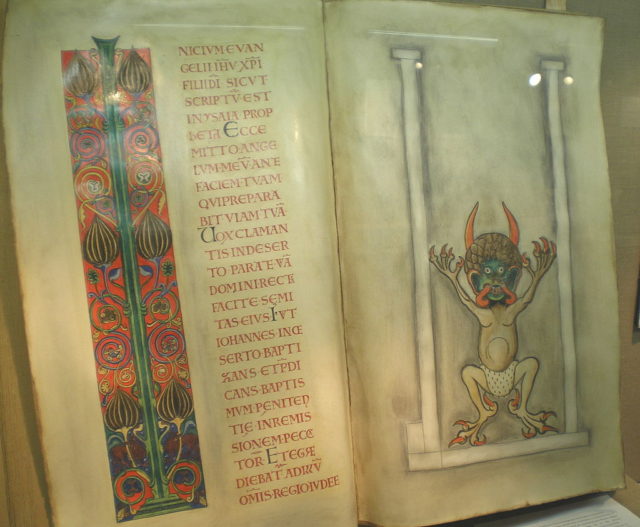
The Devil looks rather big in the picture and his figure bends forward toward the reader. He also appears to be naked except for an ermine loincloth. The piece of cloth stands as a symbol of royalty, which is why the picture itself is interpreted as a portrayal of the Devil as the Prince of Darkness. In contrast to the Devil’s portrait, the page opposite depicts a picture of the Heavenly City, probably a reference to the Jerusalem.
After three centuries being kept in Stockholm, the Codex was passed back to Prague in 2007, where it sat for a year. Since 2009, the unique manuscript has been featured in the Treasures exhibit of the National Library of Sweden. Although the book is no longer available for public viewing, interested parties can check out its digital version available on the Internet and scrutinize its contents page by page.
